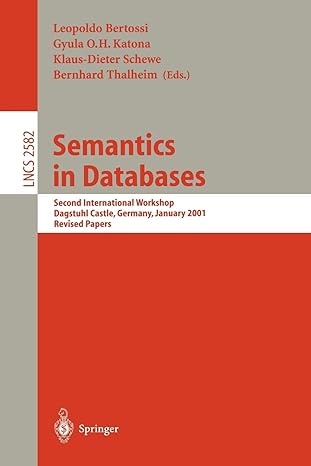Question
Your Task: Your task will be to create the following method: private TreeNode remove(TreeNode curr, E data). This method, like the other methods, will be
Your Task: Your task will be to create the following method: private TreeNode
The second case, where the node we want to remove has a right or left sub-tree. As with the first step, we begin by finding the node we want to remove and its parent (Figure 9). We then take the right pointer of the parent and skip over the node we are removing from the tree by updating it to point to root of the node we want to removes existing sub-tree (Figure 10). A similar approach is used if the node we want to remove only has one sub-tree to the left. In that case, we modify the left pointer of the parent to skip over the node we are removing. Removing a node with two sub-trees The process of removing a node that has two sub-trees begins with finding the node we want to remove (Figure 11). We then have to find the minimum node in the node we want to removes right sub-tree; otherwise known as the node we want to removes inorder successor. At this point the most straightforward option to remove the orange node is to copy the data from the inorder successor node (Figure 13). Finally, we make a recursive call to the remove method to remove the successor node so that the duplicate we created is no longer in the tree.
this is the starter code:
public class BinarySearchTree
private TreeNode
Step by Step Solution
There are 3 Steps involved in it
Step: 1

Get Instant Access to Expert-Tailored Solutions
See step-by-step solutions with expert insights and AI powered tools for academic success
Step: 2

Step: 3

Ace Your Homework with AI
Get the answers you need in no time with our AI-driven, step-by-step assistance
Get Started


